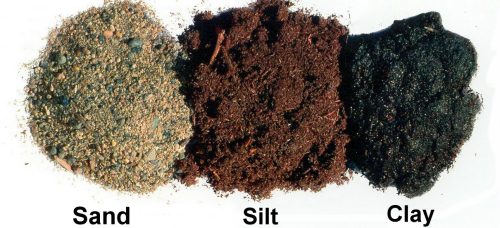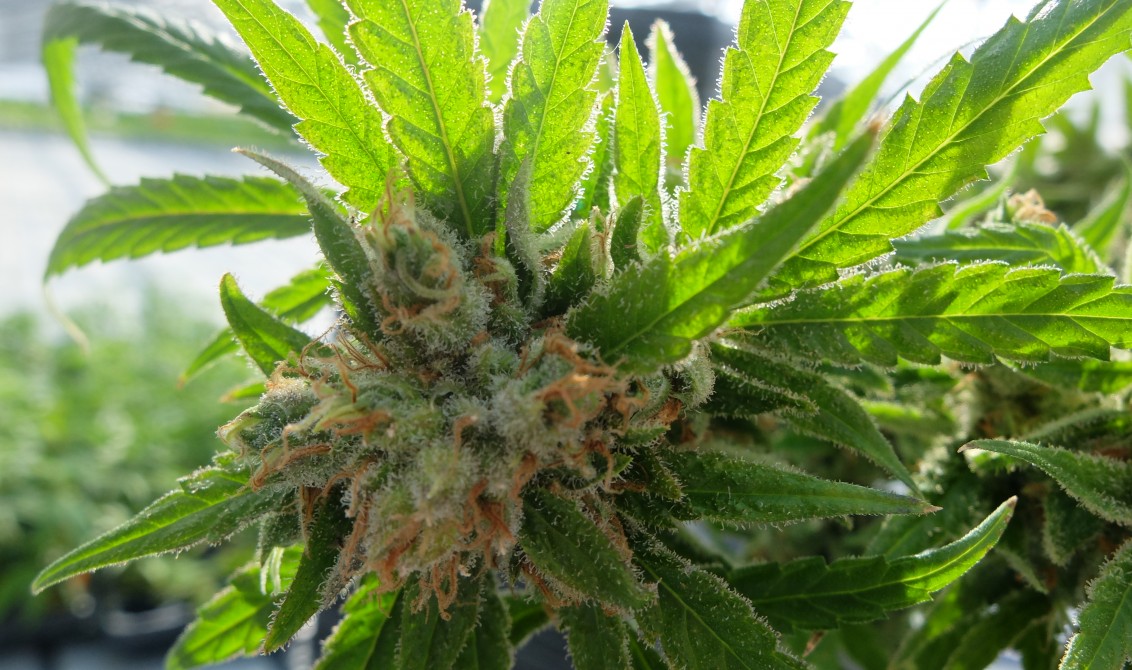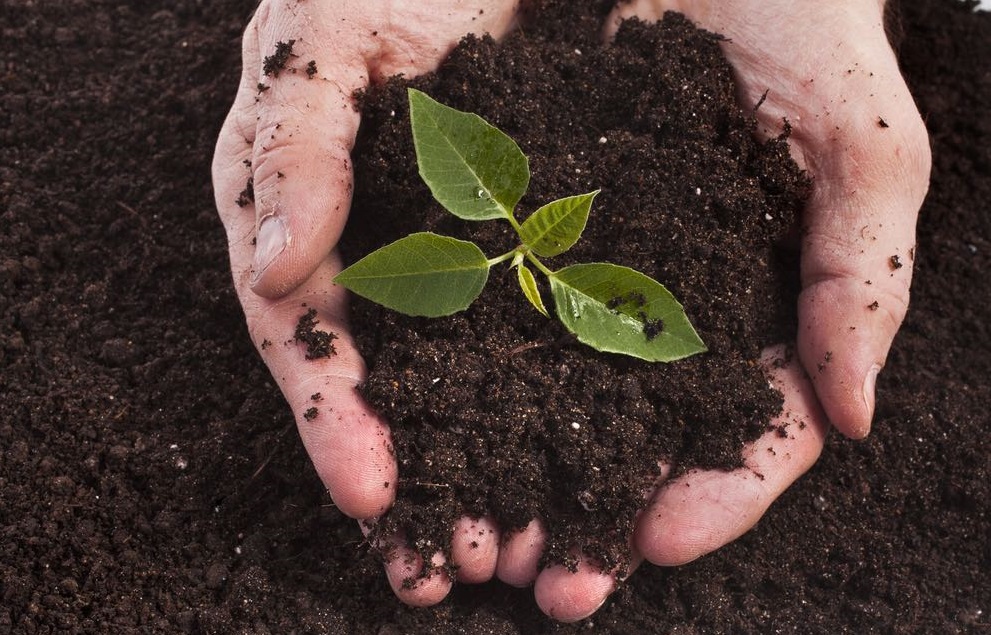Most growers will choose to have an indoor garden if they are new to growing as they tend to be smaller and easier to manage. However, if you a brave novice or an experienced grower looking to expand their garden, our guide to growing cannabis outdoors can help you on your way!
Consider The Natural Climate
One of the first things to consider before starting an outdoor garden is the natural climate available to you. While cannabis is a very hardy plant and highly adaptable to different climates, it is still vulnerable to extreme conditions. For example, temperatures above 86°F (30°C) can cause cannabis to stop growing. On the other hand, temperatures below 55°F (12.5°C) can result in stunting and death. In addition, heavy rains and extreme winds can cause damage to your plants and result in less production or even mold and mildew.
In addition, each strain has unique natural qualities and flowering cycles, so knowing the climate in your area can really help determine which strain is best. The better equipped the strain, the increased likelihood of success.
Choose a Location
Before growing cannabis outdoors, you need to choose a location for your garden. When choosing, remember that cannabis needs at least 5 to 6 hours of direct sunlight during the day, more if possible. Ideally the majority of which will occur midday, when the sunlight is most direct. However, for individuals in warm climates (sustained daytime temperatures above 86°F/30°C), your plants should have direct sun in the morning and early afternoon, but sunlight should be filtered throughout the hotter parts of the day. If you live in a colder climate, placing plants near heat-retaining structures (such as a brick wall or fence), can be beneficial to the plant.
In the northern hemisphere, such as in Canada, it is best to have your garden south facing in order to follow the sun’s path throughout the day. Where as in southern hemisphere’s, your garden should be north facing.
Determine Grow Medium and Method

For growing cannabis outdoors, there is a choice to make regarding the grow medium. Either you plant directly in the soil or use grow containers.
Many growers will choose to plant directly in the soil. If this is your preferred method, bear in mind that pH is a vital component to your cannabis gardens health. Each unique strain performs well in a range of conditions. Providing the pH level is between 5.8 and 6.5, nutrients are present and there is proper drainage, you will see success with this method. Plants that are rooted in the soil often have better growth and yield, as long as the soil is good quality and the plant receives enough sunlight.
Choosing Your Soil

Soil is made up of clay, sand and silt components. Cannabis plants do best in well-drained, slightly acidic soil as opposed to heavy clay soils that drain slowly and don’t hold oxygen. If the natural soil is ill-equipped for cannabis, you can swap out the soil in the area you wish to plant your garden or amend it by adding nutrients or other components. Silty soil is ideal for cannabis; it’s easy to work with, holds moisture and has good drainage, warms easily and contains plenty of nutrients. Therefore, it won’t need any amending.
Planting in Containers
If you are wary of planting directly in the soil – perhaps you haven’t picked an ideal location and want a container you can move around, or you want to contain your plants to your back porch where they are less visible – using a grow container is a great method.
While plants grown in containers are generally smaller than those rooted in the soil, this can be beneficial if you have height restrictions for your plants. Generally, a 10 gallon or larger container will be ideal to produce a hearty plant but you can go as small as 5 gallons. It is best to avoid black pots or plastic containers as these get particularly hot in the sunlight and can stress out the roots of your plant. As pots of soil typically become warmer than soil on the ground, be sure to place your containers away from direct sunlight and water them more frequently in the summer months. A heavy watering in the morning will help sustain them throughout the day.
Ensure Adequate Nutrients

Cannabis plants take in a large amount of liquid and nutrients during the course of their growth cycle. They mainly require nitrogen, phosphorus and potassium for growth, but how much and how the nutrients are delivered to them will depend on your soil composition and methods.
There are several methods of fertilization for cannabis, including:
- Commercial Fertilizers – These are aimed at home gardeners, but can be used for cannabis providing you have an understanding of what your plants need. However, they should be avoided by beginners.
- Cannabis-specific Nutrients – This is another option, though often a very expensive one. They are often regularly composed of synthetic materials, which can damage soil bacteria over time.
- Organic Fertilizer – Experienced growers have moved to using organic methods as a way of fertilizing their cannabis. There are many options that can be found in local garden stores and include: blood meal, bone meal, fish meal, etc.
- Pre-Fertilized Soil (aka Super-Soil) – This is another new alternative for growers and can be homemade, or store-bought. It is more expensive than amending your natural soil, but it provides all the necessary nutrients and does not require extra steps. To use this fertilizer method, all you need to do fill the spots for your plants halfway with super-soil and top with potting soil.
Educating yourself or asking a more experienced grower can help you to narrow down your choices. Another great tool is to simply have your soil tested. This will provide information that will help determine what type of fertilizer and how much is needed.
Prepare a Water Source

In addition to nutrients, cannabis plants require large amounts of water. In fact, large plants growing in warm weather can take in up to 10 gallons of water, every day!
Outdoor gardens do benefit from rain and groundwater. However, in places like Vancouver, B.C. where it rains consistently, it can be too much. For individuals living in these particularly rainy climates, improving drainage is a must for your cannabis garden. These plants are highly susceptible to root diseases if they become waterlogged.
Some tips for preventing this include:
- Planting in raised beds or mounds.
- Digging ditches to move water away from the garden.
- Adding gravel, clay pebbles and/or perlite to the soil to improve drainage and prevent mud build-up.
For gardens in warmer, drier areas, the goal is to slow drainage and improve water retention in your plants. Using water-absorbing polymer crystals can improve water retention when added to the soil. Additionally, placing clay soil or rocks below the plant hole or planting in shallow holes can both slow drainage.
If you live in a dry climate, or plan on using tap or well water to hydrate your garden, it is best to test it first. Water can contain a variety of additional compounds, such as chlorine or dissolved minerals. Both can affect the soil by killing beneficial soil bacteria or disrupting the pH level.
If you have chosen to plant your cannabis in containers, they will dry out faster than being rooted directly in the soil. Additionally, gardens in hot or windy climates will need to be watered more frequently. A good rule of thumb is to water heavily and then wait until the top inch of the soil is bone dry before watering again.
Protect Your Garden

When choosing a safe location for your garden, you need to consider a variety of factors. These factors include nosy neighbors as well as pests and weather.
While some individuals may be comfortable, or have legalized support for growing in their own secure and private backyard or balcony, others do not. In many cases this can be considered “risky”. Instead the grower may choose to find a private or remote location in nearby woods or countryside. However, protecting your garden from neighbors is the easy part. Shielding it against pests and weather may take a bit more effort.
Temperature Changes
If your climate experiences late spring or early fall frosts, using a protective enclosure will be necessary. Temperatures below 40°F/4.5°C will damage most strains.
Weather Conditions
Weather such as heavy winds or rainfall can affect the outcome of your cannabis plants. Heavy winds can result in damage or stress to your plants. Ideally, the location you chose for your garden is not in a particularly windy spot. If it is (or if a windstorm is on the way), shielding your plants is necessary. This can be done with perforated plastic sheeting placed around your plants.
Heavy rainfall is also damaging to cannabis as it can lead to root disease, mold and mildew problems. This is especially true if the plants are in their flowering stage. If heavy rainfall is common in your area, choosing a strain with a natural resistance to mold will improve chances of success. Again, plastic sheeting can be used as a temporary shelter.
Pests
One of the last major threats to growing cannabis outdoors is the potential for pests. Proper fencing will keep out wild animals, but insects are more challenging. The best method is to ensure your plants remain healthy; cannabis has a natural resistance to pests and healthy plants are far more robust than stressed ones. Another way to prevent infestations is to keep cannabis away from other plants as they can spread easily. Lastly, examine your plants daily for any signs of stress or pests, if possible. Infestations are manageable if caught early. Keeping an eye out for stress (spots, yellowing or discoloration and curling of leaves) can help ensure your garden remains healthy.
Know When to Grow

The ideal time to start growing is late April to mid May through to October. Many outdoor growers will give their seeds a head start by germinating indoors. This allows the plant a few weeks to grow under lights, prior to being acclimatized and permanently planted outdoors.
The end of April is a good time to move the seedlings outside, especially on the west coast. As it can be quite cold in the evenings, you will want to bring them back indoors at night. In the Midwest, it is best to ensure the risk of frost has passed before moving your plants outdoors. Alaskan growers will need to wait another month still. May is generally a safe time to start planting or bringing your seedlings outside. If you plant at this time, you can expect harvest around mid-August.
An automated trimmer can really help at harvest time, even for home-grow operations. Instead of harvesting taking three days, it can be done in far less time with Centurion’s Tabletop Pro trimming machine. Click here to learn more.
Beginners can also try growing two plants indoors and two plants outdoor (using the same strains) for comparison. It can be a good way to gain extra knowledge and test out a few methods as well. Not all strains are suited to outdoor gardens, research is a must prior to planting. Local breeders and seed shops can be a great resource, as well as experienced growers and online research.



